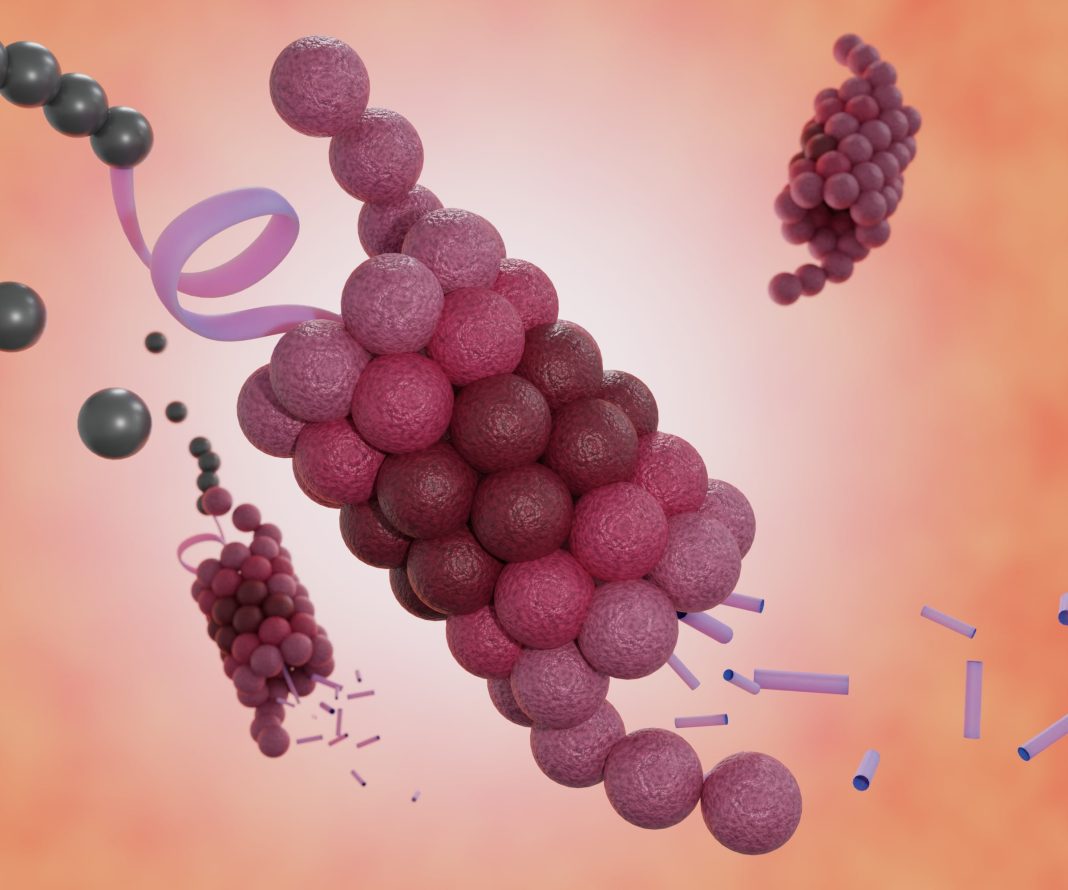PhoreMost Ltd., a British biopharmaceutical company, announced that their partnership with Boehringer Ingelheim on several projects to find new drug targets has led to a milestone payment. This was made possible by PhoreMost’s discovery and validation of first-in-class targets in oncology and targeted protein degradation. These targets will be the basis for Boehringer Ingelheim’s work on possible new therapies.
PhoreMost’s technology is based on the idea that the different shapes of proteins can be used to help find new drug sites. The company uses libraries of genetically encoded and computationally optimized mini-proteins (PROTEINi) and a next-generation platform for phenotypic screening (SITESEEKER).

“We’re starting with these mega-libraries of millions of mini-proteins,” Neil Torbett, PhD, CEO at PhoreMost, told GEN Edge. “We can identify endogenous binding partners and use the mini-protein target interface as a new druggable interface on which to deploy a variety of small molecule discovery approaches.”
According to Torbett, PhoreMost’s screening process is somewhat analogous to CRISPR screening. “In CRISPR screening, you delete a protein one by one in the genome,” said Torbett. “We’re introducing mini-proteins that essentially work in the same way that a drug may work, but the advantage is that we can explore protein shape diversity to guide us to new drug sites. Historically, people have screened small-molecule libraries to look for active small molecules, but the problem is that small molecules are often based around the [kinase domain], so they don’t have that shaped diversity to get us into new territory.”
Progressing collaborations
Boehringer Ingelheim and PhoreMost started working together on multiple projects in January 2020. PhoreMost used its PROTEINi libraries, SITESEEKER platform, and internal informatics pipelines to study disease-related pathways that Boehringer Ingelheim had chosen. In addition to the deal with Boehringer Ingelheim, PhoreMost has already made deals with Roche in the fields of immunology and hematology and, at the end of 2022, with Arvinas, a clinical-stage biotechnology company that is making therapeutics with PROTACs.
“Over the last few years, we’ve announced quite a few collaborations, but it’s a really nice moment in time to say, ‘Look, we are actually now starting to deliver on our collaborations,’” said Torbett. “The team at Boehringer is obviously a very high-profile, great company to work with, and that’s the singular big message for us.”
The company is progressing an internal pipeline. “We aim to be a drug discovery company,” said Torbett. “What we’ve done in the company over the last few years is deployed a technology and directed it towards the targeted protein degradation space. Our technology is quite uniquely suited to uncover some really important themes within the targeted protein degradation area in terms of accessing new E3-ligases for degradation.”
PhoreMost is working on six new ligase programs as part of drug discovery to build a pipeline of different protein degraders. According to Torbett, “The broader message around PhoreMost is that we’re also at an exciting inflection moment within our own programs because we are now starting to create our own pipeline of PROTACs based on novel E3-ligases.
“2023 will be a really exciting year for the company!”


